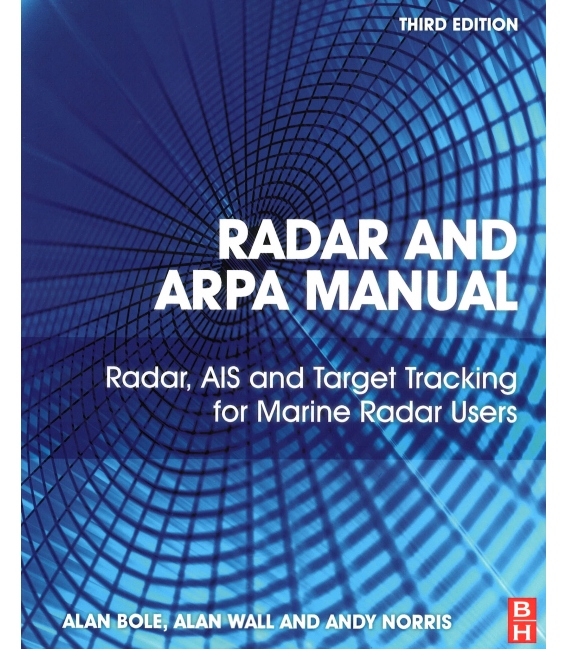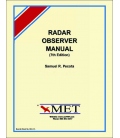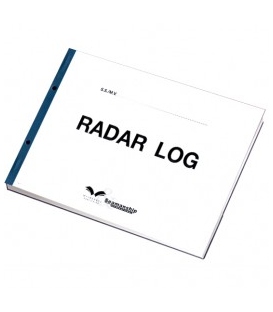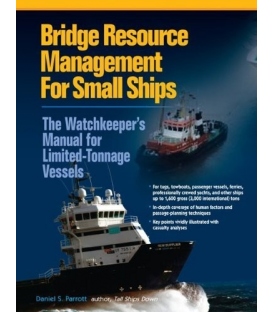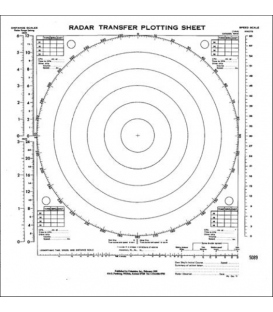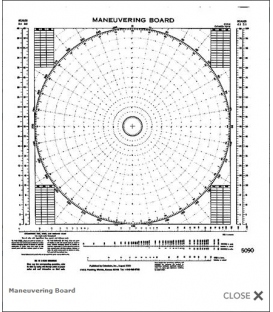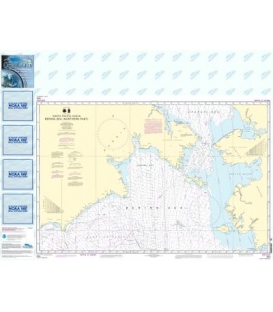

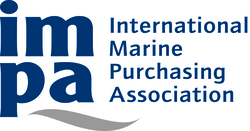
Sign up for our Newsletter
Radar and ARPA Manual: Radar, AIS, and Target Tracking for Marine Radar Users, 3rd Edition 2014
Key Features
- The most up-to-date book available, with comprehensive treatment of modern radar and ARPA systems and ECDIS (Electronic Chart Display & Information Systems)
- Full coverage of IMO performance standards relating to radar and navigational technology on new and established vessels
- Covers best practice use of equipment as well as underlying principles, with essential mathematics and complicated concepts illustrated through the use of clear illustrations
Description
This fully revised new edition covers the complete radar/ARPA installation and serves as the most comprehensive and up-to-date reference on equipment and techniques for radar observers using older and newer systems alike. Suitable for use as a professional reference or as a training text, the book covers all aspects of radar, ARPA and integrated bridge systems technology (including AIS, ECDIS and GNSS) and their role in shipboard operations. It is a valuable resource for larger vessels and also covers the needs of leisure and amateur sailors for whom this technology is now accessible.
Radar and ARPA Manual provides essential information for professional mariners, including those on training courses for electronic navigation systems and professional certificates internationally. Reference is made throughout to IMO (International Maritime Organization) Performance Standards, the role of radar in navigation and in collision avoidance, and to international professional and amateur marine operations qualifications.
Readership
Professional mariners, port, ship & boat managers ashore, leisure industry users, boat & shipbuilders, yacht skippers, naval architects, ship equipment specifiers, maritime lawyers, port & harbour authorities, marine equipment manufacturers, and command level marine students studying for deck and navigation qualifications.
Table of Contents:
Dedication
Preface to the Third Edition
Acknowledgements
Chapter 1. Basic Radar Principles
1.1 Introduction
1.2 Principles of Range and Bearing Measurement
1.3 Principles of Bearing Measurement
1.4 Display Modes
1.5 Motion and Stabilization Modes
Chapter 2. The Radar System – Technical Principles
2.1 Introduction
2.2 Basic Functionality
2.3 The Radar Signal
2.4 The Radar Transmitter
2.5 Antenna Principles
2.6 Radar Signal Reception and Processing
2.7 Radar Processing Principles
2.8 The Radar Display and User Controls
2.9 Solid-State Radar Principles
2.10 The Siting of Units on Board Ship
Chapter 3. Target Detection
3.1 Introduction
3.2 Radar Characteristics
3.3 Target Characteristics
3.4 Target Enhancement – Passive
3.5 Target Enhancement – Active
3.6 The Detection of Targets in Sea Clutter
3.7 The Detection of Targets in Precipitation Clutter
3.8 The Radar Horizon
3.9 False and Unwanted Radar Responses
Chapter 4. Automatic Radar Target Tracking, Specified Facilities
4.1 Introduction
4.2 The Acquisition of Targets
4.3 The Tracking of Targets
4.4 Vectors
4.5 The ARPA Display
4.6 The Display of Alphanumeric Data
4.7 Alarms and Warnings
4.8 Automatic Ground-Stabilization
4.9 Navigational Lines and Maps (See Also Section 8.4.6.3)
4.10 Target Simulation Facility
4.11 The Predicted Point of Collision
4.12 The Predicted Area of Danger (PAD)
Chapter 5. Automatic Identification System (AIS)
5.1 Organization of AIS Transmissions
5.2 AIS Information Transmitted by a Class A Vessel
5.3 AIS Messages and Types
5.4 AIS Units and Bridge Displays
5.5 AIS Usability
5.6 Benefits of AIS to Shore Mo

